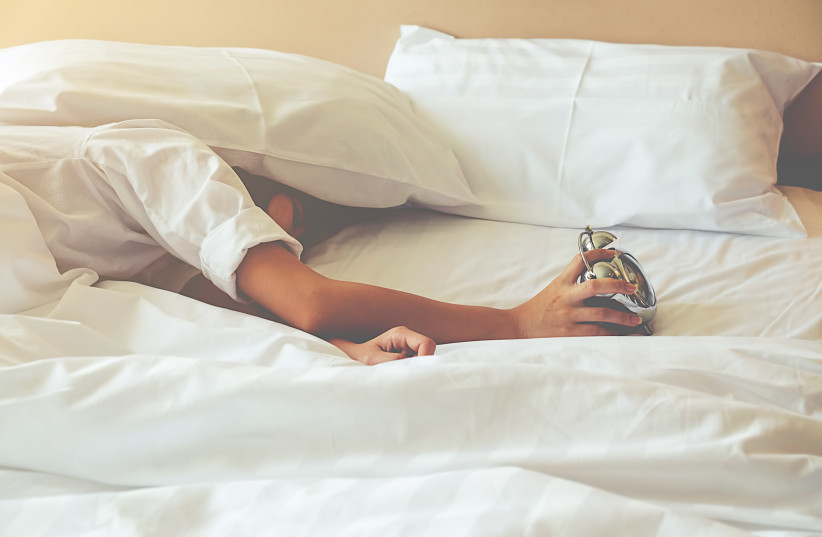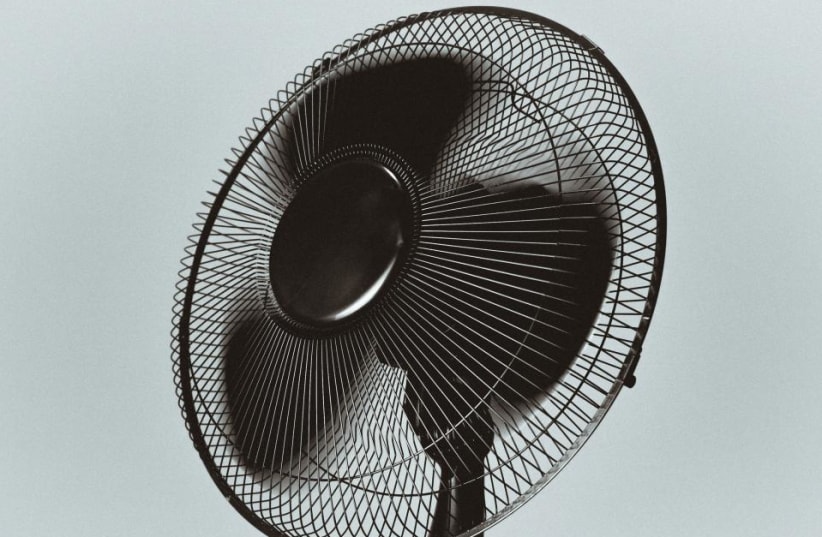Recently, many people haven’t been sleeping restfully, and it’s not due to the stress from rising prices or the return of COVID-19, but because it’s super hot and humid.
A simple trick with a fan and an open window can solve this problem, but it’s not what you’re thinking.
You need a standing fan which can be placed in front of an open window. But instead of pointing the fan towards the room, the trick involves turning it so that it faces out through the window.
It may sound counterintuitive to keep the fan away from the body, but according to ecological design consultant Nelson Labo, it’s "the best, cheapest and most effective technique to keep the house cool.”
How does this work?

Labo, who’s from the US, told the Daily Telegraph that the method works by blowing hot air out of the house and drawing cool air in. He said the fan should be placed at the window only after sunset, when the temperature outside starts to cool down.
Blowing hot air out, drawing cool air in
He added: “Everyone knows about the importance of air movement in the home and cross-ventilation but it only works when the wind is blowing, and even then it works best when there’s a direct path for the wind to blow through the house. What the fan does is force air movement in the house, even when the wind isn’t blowing.”
Labo said that “the goal is to draw the hot air out while drawing in the cool air as soon as the temperature outside drops below the temperature inside the house. This method is much more economical because fans use much less electricity than air conditioners and it’s healthier for muscles that may become stiff if you aim the fan directly at you at night.”
He concluded: "The standard way of cooling with a fan is to push the hot air around the room, and we think it cools us down because moving air feels more pleasant and cooler than standing air. My ventilation technique, which forces air movement from the outside, cools the air inside the house by drawing air that is cooled for free by nature because it’s the right temperature starting in the late afternoon."
